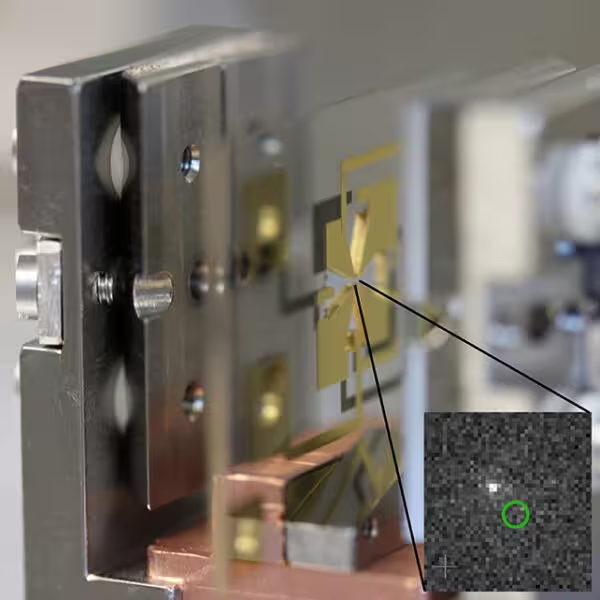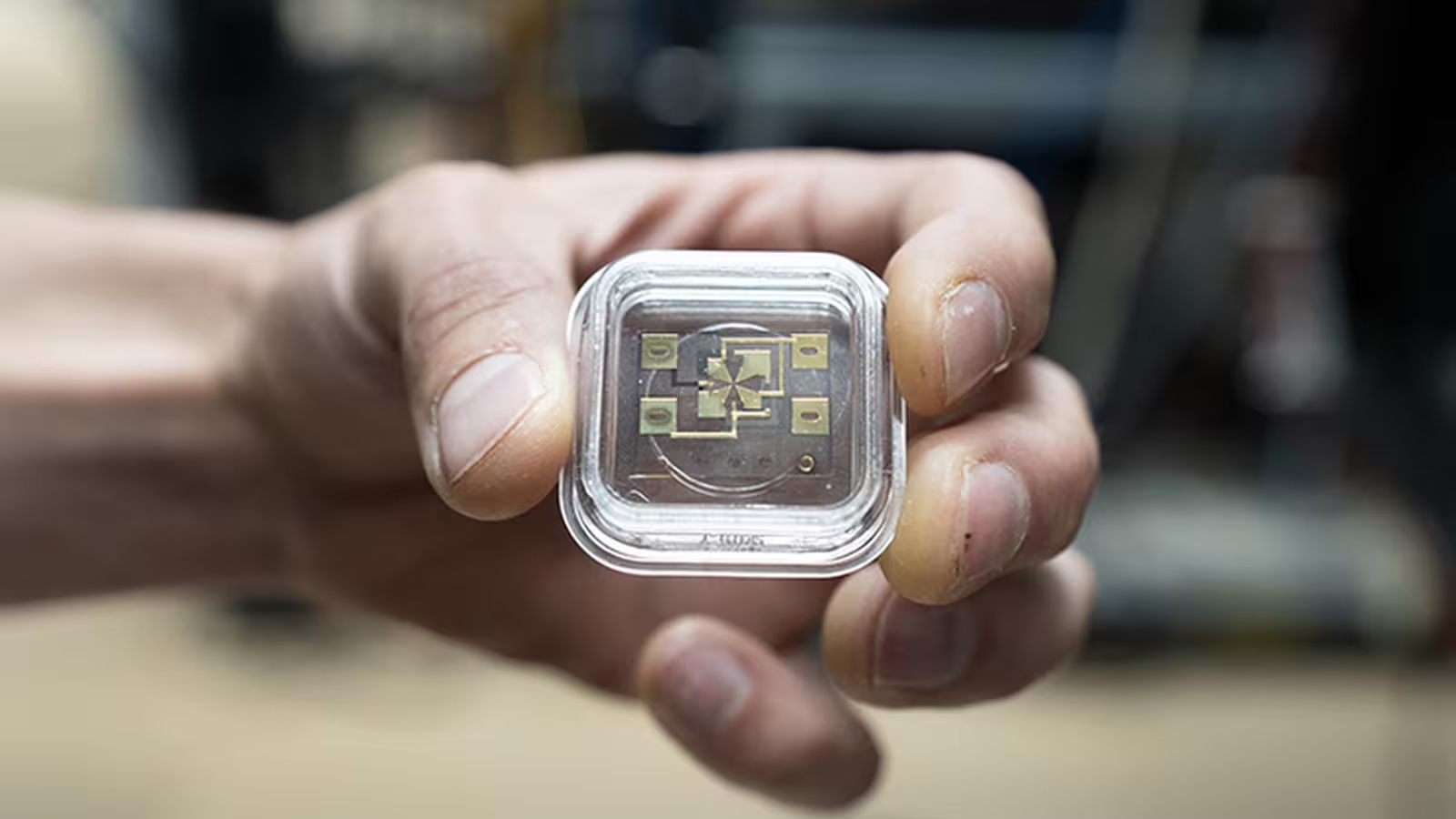4 Minutes
A Leap Forward in Timekeeping: The Most Accurate Atomic Clock Ever Designed
A research team at the National Institute of Standards and Technology (NIST) has set a groundbreaking new record in precision timekeeping, creating the world’s most accurate atomic clock. Surpassing previous standards by a striking 41 percent, this achievement redefines the frontiers of clock accuracy and stability crucial for scientific discovery and global time synchronization.
The Science Behind Ultra-Precise Atomic Clocks
Atomic clocks are the gold standard for precision in measuring time, and their function rests on exploiting the predictable vibrations of atoms. For this breakthrough, NIST researchers utilized a single aluminum ion, meticulously trapped and cooled to temperatures near absolute zero. By measuring the ion’s extremely subtle vibrations, the clock determines the passage of a second with near-unimaginable accuracy — reaching an unprecedented 19 decimal places. This degree of precision, technically referred to as extremely low systematic uncertainty, ensures the clock operates 2.6 times more stably than any previous model of its kind.
Physics at this level demands careful control over every variable. Even the tiniest environmental disturbance might affect the clock’s ticking. The NIST team achieved new levels of isolation and stability by thickening the diamond wafer that encases the clock mechanism and enhancing the gold plating on the electrodes inside the device. These innovations further stabilized the electrical fields that drive the periodic motion fundamental to timekeeping at the atomic scale.

Collaborative Advances and Key Technologies
Unlocking such reliability also depended on pairing the aluminum ion with a companion magnesium ion. This "buddy system" allowed for more effective manipulation with laser light, augmenting both measurement precision and clock stability. The precise lasers utilized for this process were sourced from a highly specialized laboratory located more than two miles (3.6 kilometers) away, boasting its own legacy of stability and precision. This collaborative approach reduced the time needed to collect sufficient data for measuring a second — with 19-digit accuracy — from nearly three weeks to just a day and a half.
"It's thrilling to work on a clock that defines the limits of precision," said physicist Mason Marshall of NIST, highlighting the institution’s commitment to pushing the boundaries of measurement science. Electrical engineer Daniel Rodriguez Castillo added, "Every element of the clock’s architecture impacts overall performance, making the journey to this result incredibly complex."
Implications for Physics and Beyond
Unlike regular watches, atomic clocks serve as foundational reference points for the world's timekeeping infrastructure. Their accuracy supports essential scientific endeavors: from calibrating other clocks and enabling intricate physics experiments, to supporting navigation systems like GPS, and probing the fundamental structure of the universe. The exact definition of a second underpins a vast range of scientific and technological progress. Enhanced timekeeping benefits frontier research, such as dark matter searches and tests of Einstein’s theory of relativity.
Looking forward, NIST scientists are optimistic about further advances. Future iterations might involve scaling up the number of trapped ions to multiply precision or using quantum entanglement strategies to reach unprecedented measurement capabilities. "With this platform, we're ready to explore new clock architectures and enhance our understanding of the universe’s most fundamental constants," stated physicist Willa Arthur-Dworschack of NIST.
Conclusion
The creation of the world’s most accurate atomic clock marks a pivotal moment for physics and technology. By doubling down on innovation and collaboration, the NIST team has not only set a new bar for precision but paved the way for future breakthroughs — opening vital new possibilities for timekeeping, navigation, and the fundamental exploration of space and time. As research continues, the relentless pursuit for ever-finer accuracy in atomic clocks promises to reshape our understanding of the universe and elevate the reliability of scientific and technological systems across the globe.
Source: journals.aps



Comments